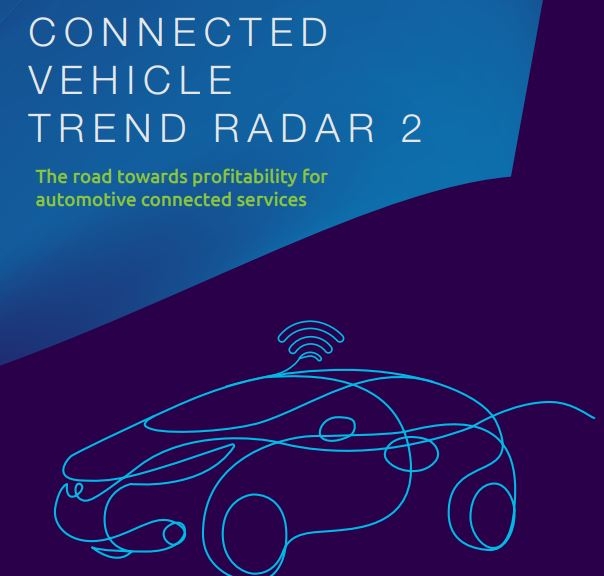- ETAnalytics Reports
- Industry
- Market Research
- National Auto Policy Draft
National Auto Policy Draft -
(Feb 2018)The automotive industry is a pillar of the economy and a key driver of macroeconomic growth and
technological advancement. In India, the automotive industry contributes 7.1% to the total GDP and
provides employment to about 32 million people, directly and indirectly1. Strong domestic demand coupled
with supportive Government policies have led to the Indian automotive industry climbing up the ranks to
be one of the global leaders. India is the largest manufacturer of two-wheelers, three-wheelers and tractors in the world, and the fifth largest vehicle manufacturer overall.
Related Reports
Access to thousands of Market Research Reports, Financial Reports, White Paper and Surveys
Featured
It is a fact that electric vehicles (EVs) are beneficial for climate protection. However, the current challenge is to decide on whether to reuse an EV battery or to recycle it after its first use. This paper theoretically investigates these areas i.e., recycle and reuse. It was found that there are several commercially used recycling processes and also some are under research to regain maximum possible materials and quantity. The concept of reusing (second life) of the battery is promising because, at the end of the first life, batteries from EVs can be used in several applications such as storing energy generated from renewable sources to support the government grid. However, the cost and life-cycle analysis (LCA) demonstrated that there are several aspects involved in battery reuse applications. Henceforth, one LCA generalised method cannot provide an optimal approach for all cases. It is important to have a detailed study on each of the battery reusing applications. Until then, it is safe to say that reusing the battery is a good option as it would give some time to recycling companies to develop cost and energy-efficient methods.


